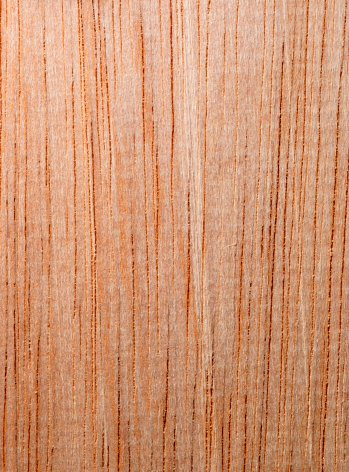
INTRODUCTION
The Standard Malaysian Name for the timber of Coelostegia spp., Durio spp., Kostermansia sp. and Neesia spp. (Bombacaceae). Vernacular names applied include durian (Peninsular Malaysia, Sabah and Sarawak) with various epithets as well as other localised names too numerous to list here. Major species include Coelostegia borneensis, C. griffithii; Durio carinatus, D. grandiflorus, D. graveolens, D. lowianus, D. malaccensis, D. oxleyanus, D. singaporensis, D. wyatt-smithii, D. zibethinus; Kostermansia malayana; Neesia altissima, N. kostermansiana, N. malayana and N. synandra. The sapwood is almost white in Durio, pale yellow in Neesia and light orange-yellow in Coelostegia and is sharply defined in Durio and Neesia but only moderately sharply defined in Coelostegia, from the heartwood, which is pink-brown, grey-brown, brown with a red tinge or light orange-brown.
Also known as Durian (Brunei); Bengang, Durian, Durian hantu, Ki bengang and Sibengang (Indonesia); Durian (Philippines); and Chang haek and Turian (Thailand).
DENSITY
Durian is a Light Hardwood with a density of 420-865 kg/m3 air dry.
TEXTURE
Texture is moderately coarse to coarse and even in Neesia but uneven in Durio and Coelostegia, with straight to slightly interlocked grain.
USES
The timber is suitable for light construction under cover, flooring, door and window frames, panelling, mouldings, partitioning, planking, joinery, cabinet making, furniture, cooling tower (non-structural purposes), railway sleepers, pallets (expendable type), plywood, joists (for light construction only), wooden sandals and low grade coffins.
